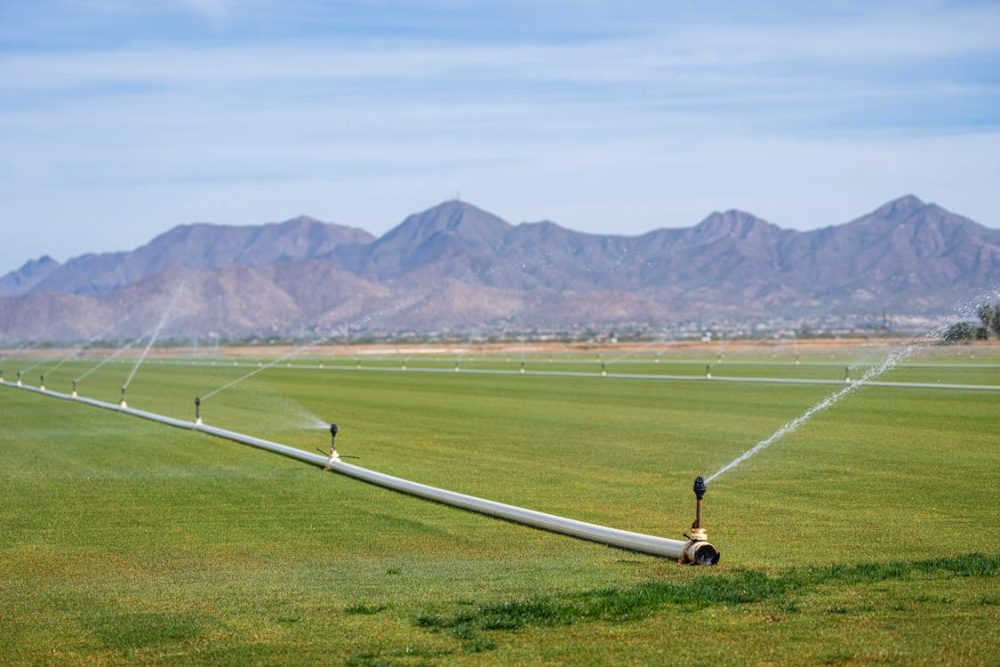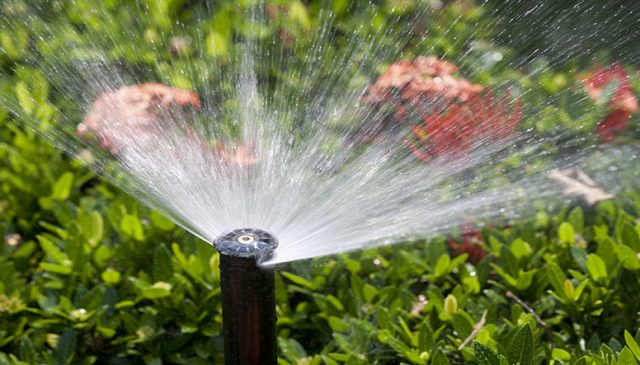In winter, the temperatures drop, so the plants will not flower until spring. Now is the time to give up your passion for landscaping? Certainly not! And if you don’t know what to do to protect your garden this winter or continue landscaping despite the temperatures and the inclement weather, we will give you all our advice in this article!
Landscaping And Gardening In Winter: Greenhouse Vegetable Gardens
To continue landscaping and gardening in winter, two main solutions are available to you: use a garden greenhouse or plant your plants in planters indoors while waiting to be able to plant them in your garden. To continue gardening in all seasons, the best solution is to opt for a garden greenhouse: the glass allows the sun’s rays to pass through and traps the heat in the greenhouse.
Thus, your plants are well sheltered from the cold and can continue to thrive regardless of the weather outside. Depending on the type of garden greenhouse you choose, you can grow different types of plants or even plant them directly in the ground. But if you only have a small space and still want to take advantage of this system, you will find models of garden greenhouses for plants small on our site, which you can place on your terrace or even on a balcony.
Growing Potted Plants Indoors During Winter
If you don’t want to use greenhouses, the other solution is to plant your plants in planters inside your house or pergola before you can take them out after the good weather returns. If the plants are not too tall, you can plant them in the ground or keep them in their flower box. To choose the concrete outdoor planter that will best meet your needs, here are the questions you will need to ask yourself:
- What material is best suited to my needs and will best match my exterior or interior decoration?
- Where will I put my planter, and what must be its maximum dimensions?
- How much space do the plants I will plant in my herb box need?
- Which flowerpot models do I like the most?
Depending on the answers you have selected, you will be able to select the model that will exactly match your needs.
How To Protect Your Garden During The Winter Months?
Now that we have covered the different gardening jobs you can do this winter, here are all our tips to protect the landscaping work you have done in recent seasons. For a lush and pleasant garden, there is nothing better than pretty ornamental plants. And to protect their roots as much as possible during the winter, you can opt for winter mulching. Although this technique is more practiced in summer to limit watering, you can reuse it in winter without a problem. Mulching involves covering the soil around your plants with wood debris or, as the name suggests, straw. To ensure its effectiveness, you will need to install your winter mulch in the fall: if you install it when it starts to freeze, it will retain the cold in the earth and have the opposite effect to that sought. You can leave the winter mulch in place as long as the cold is there, and your plants will be protected! If you have exotic plants in your garden, such as palm trees, you can cover them with a tarp, which will protect them from the cold. If you don’t want to cover your entire plant, then you can put a tarp around its planter to keep the roots warm.
To protect your lawn in winter, you won’t have much to do. The first and least restrictive is to avoid stepping on it if it is frozen or covered in snow. Then, if you want the best protection for your lawn during the winter months, you can scarify it, which will aerate the roots of your lawn and tend to get tangled over time. To do this, mow your lawn short enough, then pass the lawn scarifier, adjusting it so that it does not exceed 4 millimeters, the ideal depth for good grass scarification. If your scarifier does not have enough to pick up moss and grass debris, scoop it up with a lawn rake and then put it in the compost if you have one.
If you have a pond in your garden, some handling may be necessary. In this case, if your pond contains only water, then you may not be concerned about it during the winter months. On the other hand, if you have chosen to install aquatic vegetation or even fish there, you will have to be vigilant and check that the basin is not completely obstructed by ice. Several solutions are then available to you, the first being quite simple to make a hole in the ice by placing a boiling saucepan on the ice. The second is to install floats or bundles of wood beforehand to hinder the ice installation and, therefore, create a small opening. Once done, your pond will be protected for the winter.
Now that we have covered a majority of the elements that can be in your garden, we are going to tackle the element that we have forgotten: protecting your terrace surfaces and your pool copings from winter. Although depending on the material you choose, some are already frost-resistant. You can best protect them by covering them with a water repellent for decks. This product is used on stone surfaces and will prevent moisture from seeping into your slabs or copings, thus damaging the stone by swelling with the gel.
Now you know everything you need to know to be able to maintain your landscape this winter and find it all the more beautiful in the spring. And you, what tips do you have for maintaining your garden in winter? What would you like to test this winter? Do you have questions, or would you like to share your landscaping experience? Do not hesitate to let us know. And if you need professional help to take care of your landscaping in winter, contact Done Right without obligation.





